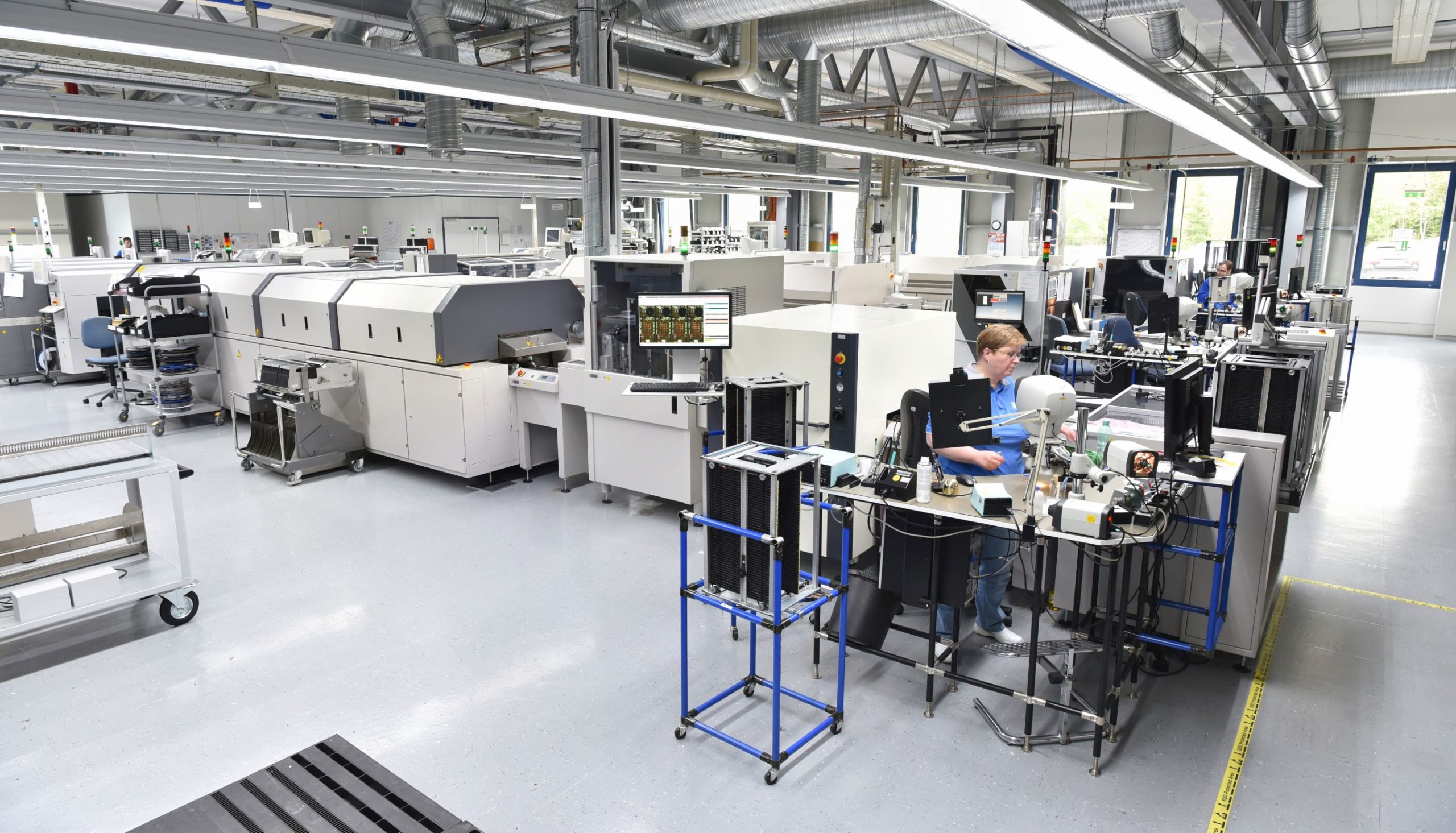Challenge
Our client had experienced a strong growth in market demand for its products. The resultant strategy response was a broadening of its channels to market from only B2B (Business to Business) to include B2C (Business to Customer). At the time when Axisto was asked to get involved, this transition had just started.
In the case of our client, the demand for new product variants, engineering design changes and product modifications had led to a tsunami of work, which had overwhelmed the innovation function. This burden of work meant that mistakes were being made, as people rushed through engineering changes without resorting to the proper protocols. As a result, an increasing amount of product design flaws were being exposed as they entered manufacturing. At this late stage in production, the cost in time and effort to fix them was enormous and was diverting resources away from core activities. Another major issue was the number of new product developments that did not meet customer requirements and were rejected before they entered production.
Due to capacity and capability constraints, the department was experiencing an increased number of “crash actions” (production problems and product designs not meeting customer requirements being discovered far too late in the new product development and introduction process), These had the effect of sidelining projects that were on track and consuming even more valuable time and resource.
The department had tried to recruit to stay ahead of the curve, but the influx of highly capable – but relatively inexperienced – staff only added to the draining of resource from areas where the experience lay. The effects of this vicious circle were being felt across the company, from lost sales and recalls to production overtime and an ever-increasing number of crash actions.
Approach
Axisto was asked to help break this negative cycle of activity. It was too late for the existing crash actions, so the focus was on getting to the root cause of the problem and preventing failures from occurring in the future.
The client had a world-class new product development process; it was well documented and available to all employees through the intranet. The process was well defined, well proven and geared around Design For Six Sigma (DFSS). At first, it was not clear what the problem was, and we wondered whether, due to the high volume of new product requests and engineering changes, it might simply be a capacity issue; however, these things needed to be investigated in order to validate the assumptions.
We started by examining the current crash actions and ways of working. Through a series of workshops with the innovation employees, in which we used cause and effect mapping, we were able to compare the theory, in terms of the benchmark process, against what was actually happening. As a result of these workshops, the following observations were made:
- Too much knowledge was kept in the heads of very experienced developers and was not easily accessible for colleagues. The effect was that the highly experienced employees were pulled into too many projects at the same time, causing extra delays and rework.
- There was insufficient business direction. This meant that fundamental process and product platform development often started too late. Actual product and platform development got intermingled in the same project, causing all kinds of delays and rework.
- The lack of clear direction was creating a cluttered innovation project portfolio: no clear decision criteria for starting or rejecting projects, too big a portfolio of active projects and a lack of clarity in project priorities.
In soft systems terms, the problem turned out to be a messy one, in that the problems were multi-faceted and there was not any one class of solution to the problem; instead, a variety of issues needed tackling with a variety of solutions.
Axisto worked with the client’s team to co-design a project framework to address the multi-faceted nature of the problem. Four work streams were defined:
- Business Planning
- Portfolio Management
- Project Management
- Knowledge Capture and Design Rules
In any situation where a self-reinforcing behaviour is at play, that behaviour must be brought to a halt so that new behaviours, processes and systems can be introduced. We needed to reduce the “noise” that existed within the multitude of projects within the
portfolio. This was not an easy task. Engineers and product designers who develop innovative products have a very high degree of ownership and a fundamental desire to see these brought to fruition as part of a process of self-actualisation. When making
adjustment to the portfolio, it was necessary to act with great diplomacy, tact and sympathy in order to reassure people that their ideas were not being shelved, only re-structured in terms of time and resource.
This lengthy and difficult task was successfully achieved and the result was a 70% reduction in “live” projects. The team prioritised the projects. A resource plan was drawn up and rules were created around how much time staff could spend on a project per week and how many projects they could work on. The team were then able to start to prioritise and schedule work going forward, which meant that a feeling of control descended on the department and calm was restored. Priority projects were reviewed and resource requirements analysed, which led to a more controlled human resources development process in order to fulfil the anticipated product development timelines.
Another initiative that was instigated was a knowledge-capture system in order to log and identify key design and engineering rules that related to various product platforms. This had the benefit of unlocking some of the enabling knowledge that was nintentionally
kept in various people’s heads. By allowing a wider audience to benefit from this data, the effectiveness of the whole department increased.
Results
Within eight months, the company had gained control over its innovation-to-market process:
- The time-to-market was halved, which substantially increased the company’s competitiveness within the market.
- Project portfolios were fully aligned with the company’s growth strategy.
- Reliability in the market place returned to 100% of client promise date.
- Financial benefits of €11.5m were achieved.
The results were impressive. Time-to-market dropped from 23 weeks to 11 weeks within 6 months, with plans in place to meet the target level of 9 weeks. Equally important, the results were sustainable because the root causes had been identified and eliminated, and the solutions locked into the Performance Management Systems (PMSs) developed during the project. The PMSs also included key performance indicators to give managers and employees ready access to the quantifiable information needed to make fact-based decisions, both as teams and individually, and to take pro-active and predictive action.
“This project generated the much-needed
breakthrough; it restored the trust of our
clients and our top management in us.”
– Business Unit Manager
Subsequent site visits have shown that the collaboration with Axisto has reversed a declining market share and has led the client to capture a larger proportion of the market, increasing its corporate valuation. The client has now changed its strategy from being
solely Business to Business (B2B) to include Business to Customer (B2C). It is clear that the work carried out as part of the Axisto project ensured that this expansion was successful. The control and discipline now in place has allowed the business to control its
margins and protect profitability in an aggressive marketplace.





